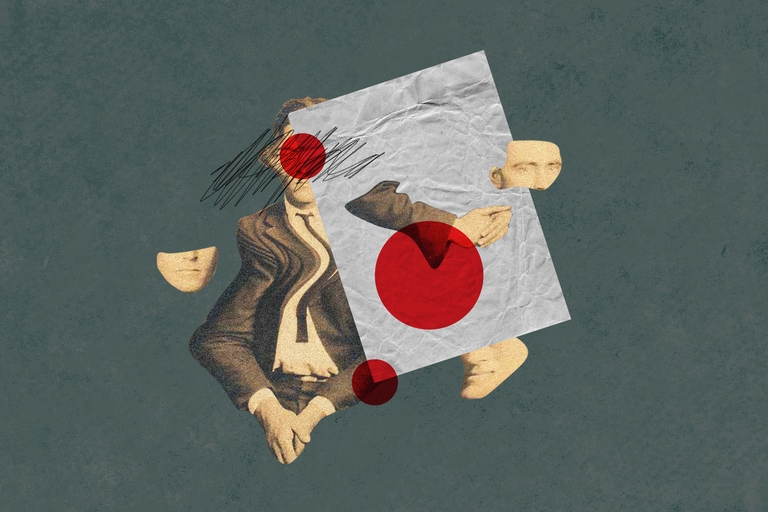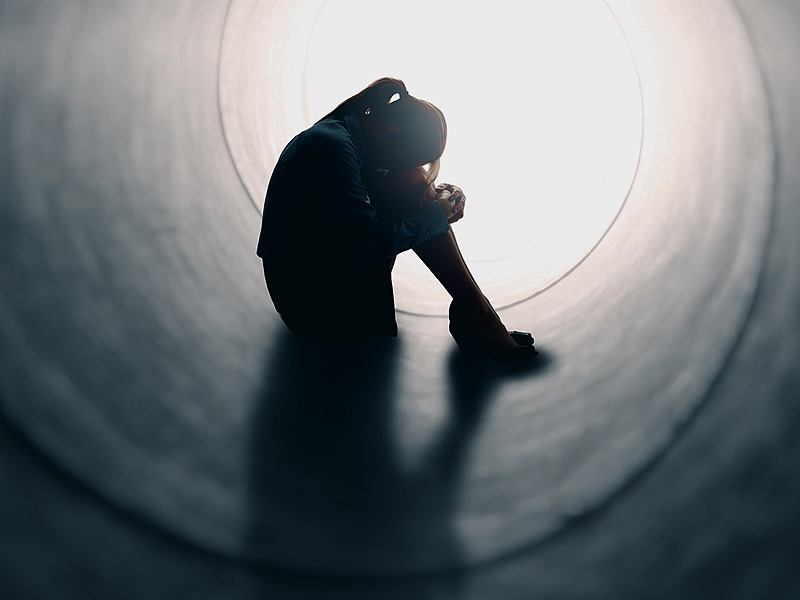
DEPRESSION in the elderly is an important health concern worldwide. It is a silent disorder that afflicts many of the elderly population. It is the most common psychiatric disorder among the elderly yet unrecognized and under treated because attention is often focused on the physical medical conditions that are apparent during clinic visit.
Typical signs and symptoms of depression are usually absent (such as lack of energy, loss of appetite, constipation, no interest in work, poor sleep or loss of weight) and are masked by physical manifestations of co-morbid conditions.
In community practice, case reports of elderly suffering from depression were regarded as consequences of the aging process. Contrary to this belief, depression in the elderly is not physiologic. It is a pathologic condition that is reversible with prompt and appropriate treatment. Failure to recognize and treat depression increases the risk of a prolonged course of depressive illness, as well as other conditions like malnutrition, significant metabolic illnesses, and a greater chance of dying.

The elderly population in the Philippines (adults aged 65 years and older) numbered 2.12 million in 1990 (UN 1991). In absolute numbers, the elderly Philippine population is close to that of Thailand and much more numerous than in Singapore or Malaysia.
Aging trends in the Philippines have been consistently slower compared to other Southeast Asian countries. In 1970 the elderly comprised 2.7 percent of the total Philippine population, increasing to 3.6 percent in the 1990s. The elderly population (age 60 and above) has doubled in number since the 1970s and could triple in this decade. It may reach the 10-percent mark before 2020 which may eventually categorize it as an aging population.
The results of an international study conducted by the World Health Organization showed that the prevalence rate of depression worldwide ranged from 2.6 percent to 29.5 percent. In a survey conducted by Perlas, Tronco et al in the Philippines, about 5.3 percent of the subjects were suffering from depression.

A similar study we conducted in the province of Rizal using the Geriatric Depression Scale (Short Form) showed a 6.6-percent rate of depression. This prevalence rate among the elderly in the most populated province of the Philippines shows that depression can be present in healthy Filipino communities.
However, it is considerable to note that a fourth (26.5 percent) of the population has scores suggestive of depression. This is a window for early intervention in the community level. Depression has been found to be associated with poorer prognosis, longer recovery times from illness and increased health-care utilization.
Screening the elderly population for possible depression therefore is important to decrease health-care utilization and increase wellness for this age group. It is necessary for primary-care physicians, geriatricians and caregivers to identify symptoms of depression in patients with scores suggestive of depression to avoid the development of outright depression.
Sources:
http://cnnphilippines.com/life/culture/2017/04/25/mental-illness-stigma.html
https://businessmirror.com.ph/prevalence-of-depression-in-the-philippines/
Hi! I am a robot. I just upvoted you! I found similar content that readers might be interested in:
https://businessmirror.com.ph/prevalence-of-depression-in-the-philippines/
Downvoting a post can decrease pending rewards and make it less visible. Common reasons:
Submit